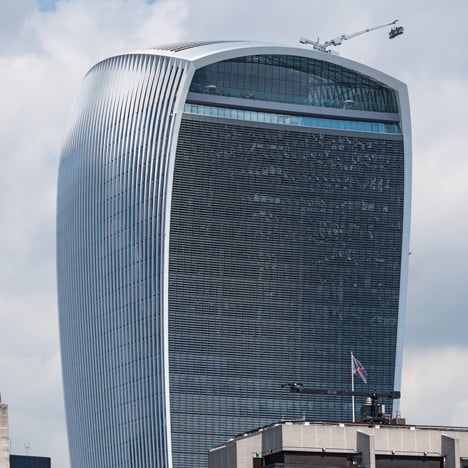stellarfun
Senior Member
- Joined
- Dec 28, 2006
- Messages
- 5,711
- Reaction score
- 1,544
Boston, defined by the open sea along its entire eastern edge, consistently records the fastest average wind speeds among major US cities (according to the National Oceanic and Atmospheric Administration). It’s considerably windier than Chicago, notwithstanding the nickname of that metropolis, which originally referred to an alleged penchant for bragging. ....
Boston planners have joined their counterparts from London, Toronto, and San Francisco in paying special attention to street-level wind effects around new development. That means heading off problems early in the design process and making modifications to completed projects when the conditions they help create are too blustery by far for those walking by.

As construction booms, Boston works to slow down wind tunnels - The Boston Globe
Is Seaport development creating more wind-whipping buildings?
One project is specifically referenced for doing extensive wind studies: Studio Gang's One Kenmore Square. IIRC, the PNF for the Pinnacle explains that the terraced layers that are a feature of the design are intended to reduce wind-effects at the street level.
'Downdrafting' occurs when a single tall building is involved. If several adjacent tall buildings are involved, the increased wind speed at ground level is a modified version of the Venturi effect, known as channeling.

